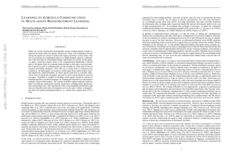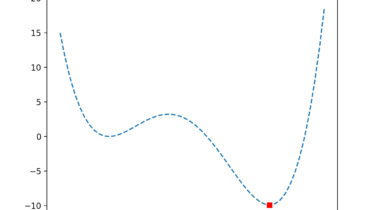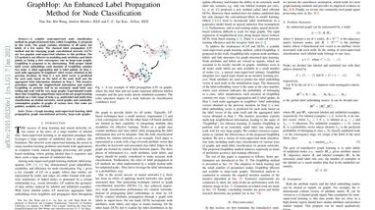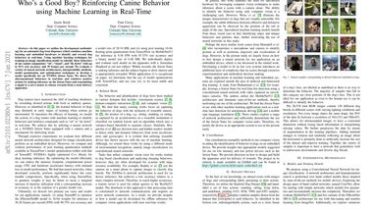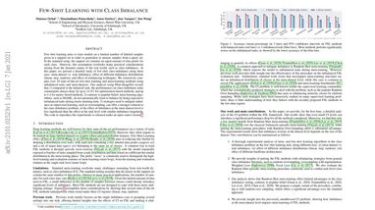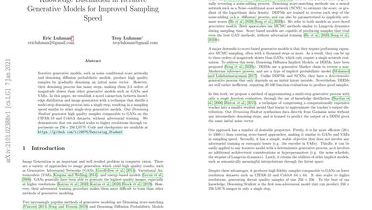DENet: a deep architecture for audio surveillance applications
In the last years, a big interest of both the scientific community and the market has been devoted to the design of audio surveillance systems, able to analyse the audio stream and to identify events of interest; this is particularly true in security applications, in which the audio analytics can be profitably used as an alternative to video analytics systems, but also combined with them. Within this context, in this paper we propose a novel recurrent convolutional neural network architecture, […]
Read more